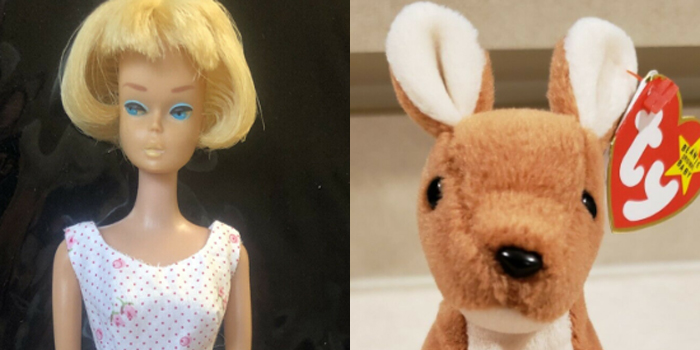Unfortunate things can occur when leaving items that have a value that may not be fully understood by your executor – or even your family. It is, therefore, important that the person who does the collecting leave a clear path toward letting others know the value of the collection.
Without a specific bequest in your will, a childhood collection like Beanie Babies, worth thousands of dollars, could be lumped in as “personal property” in a catch-all category for non-financial accounts. If left in bequeathed real estate, it could be considered “contents”. Then a valuable collection is lumped in with clothing, furniture and household items. An executor who is unfamiliar with Beanie Babies or Barbies may not know enough to maximize the collection’s value.
Some collectors decide to dispose of their collections during their lifetime because they know the market for their collection. They know other collectors; the true value of the assets involved and truly want the collection to be appropriately valued. Other collectors do the necessary research to convey to their heirs the true value of their collections.
To accomplish this, a collector should catalog their collection because an heir might otherwise have no idea what he or she is holding. Is it a two-dollar toy or is it a kangaroo Beanie Baby named “Pouch” from 1996 (pictured) that sells now for $500? The pictured “bubble-cut” Barbie is worth about $175, by the way. Not obvious to the uninitiated.
An easy way to catalog your collection is to simply take photos on a smart phone and save them in a shared file called “My Collectible Beanies”, for example. Add to that an estimate of value which can be estimated by the latest Ebay prices for similar items.
The key is to not leave anything to chance if those managing your estate do not have full information about what the collection means to you and its potential value.

